
- Trusted Expertise
- FAQs
Leaf Blowers frequently asked questions
Answers to commonly asked questions


Be sure to checkout the full line of CRAFTSMAN® Leaf Blowers HERE
What are some uses for leaf blowers?
Leaf blowers are versatile tools that can be used for a variety of tasks beyond just blowing leaves. Here are some common and creative uses for leaf blowers:
Clearing Leaves and Debris: The most obvious use is for blowing leaves, pine needles, and other yard debris off of lawns, driveways, sidewalks, patios, and decks.
Cleaning Gutters: Some leaf blowers come with attachments that can help in cleaning gutters by blowing out leaves and debris, making this task easier and less time-consuming.
Clearing Snow: A leaf blower can be effective for blowing light snow off of sidewalks, driveways, vehicles, and other surfaces. It's most effective on powdery snow that hasn't yet compacted.
Refreshing Mulch: A gentle setting on a leaf blower can be used to fluff up and refresh the appearance of mulch in garden beds and around trees.
Dispersing Water: After heavy rainfall, leaf blowers can be used to disperse standing water on walkways or driveways to prevent slipping hazards and accelerate drying.
What are the different types of leaf blowers?
Leaf blowers can be categorized based on their power source and design. Here's an overview at the different types:
Based on Power Source such as electric & battery powered Leaf Blowers:
Corded Electric Leaf Blowers: These require a connection to an electrical outlet via a power cord. They are generally lighter and quieter than gas-powered models but limit mobility due to the length of the cord.
Cordless Battery-Powered Leaf Blowers: These are powered by rechargeable batteries, offering the convenience of portability and quieter operation. The runtime is limited by battery life, which can vary widely among models.
Gas-Powered Leaf Blowers: These are more powerful than electric models and are not limited by battery life or cord length, making them suitable for larger areas. They can be louder and heavier and require more maintenance, including fuel refills and engine care.
Handheld Leaf Blowers: Compact and lightweight, these blowers are designed for easy handling and are ideal for small to medium-sized areas. Both electric and gas-powered models are available in this design.
Backpack Leaf Blowers: These are designed to be worn on the back, distributing the weight more evenly and making them more comfortable for extended use. They are typically more powerful than handheld models and are mostly gas-powered, making them suitable for larger areas or professional use.
Walk-Behind Leaf Blowers: These are the most powerful type, mounted on wheels and pushed in front of you. Ideal for large, open areas and heavy-duty tasks, walk-behind blowers are primarily gas-powered.
What types of blowers are best for different yard sizes?
Small yards (up to ¼ acre): For small yards, a handheld electric blower is usually sufficient. They are lightweight, easy to maneuver, and produce less noise. Corded models are suitable if you have a power outlet nearby, while cordless models offer more mobility.
Medium yards (¼ to ½ acre): A cordless handheld blower or a corded electric blower with a longer extension cord can work well for medium-sized yards. Look for models with higher airspeed and airflow to handle a larger area.
Large yards (½ acre or more): For larger yards, a backpack blower or a wheeled blower is recommended. Backpack blowers provide more power and are comfortable to use for extended periods. Wheeled blowers, also known as walk-behind blowers, are ideal for large areas with heavy debris.
What are some features to look for in leaf blowers?
CFM: Cubic Feet per Minute is a measurement of the volume of air that a leaf blower can move in one minute. It represents the amount of air flow or the strength of the blower's airflow. A higher CFM rating means that the leaf blower can move a larger volume of air, which can be beneficial for quickly clearing leaves and debris from a larger area.
MPH: Miles per Hour measures the speed at which the air is being expelled from the leaf blower's nozzle. It indicates the velocity or force of the air stream. A higher MPH rating means that the air is being expelled at a higher speed, which can help in moving heavier or wetter debris.
Variable Speed Settings: Allows the user to adjust the blowing power based on the task at hand.
Mulching Capability: Some models can vacuum and mulch leaves and debris, collecting them in an attached bag.
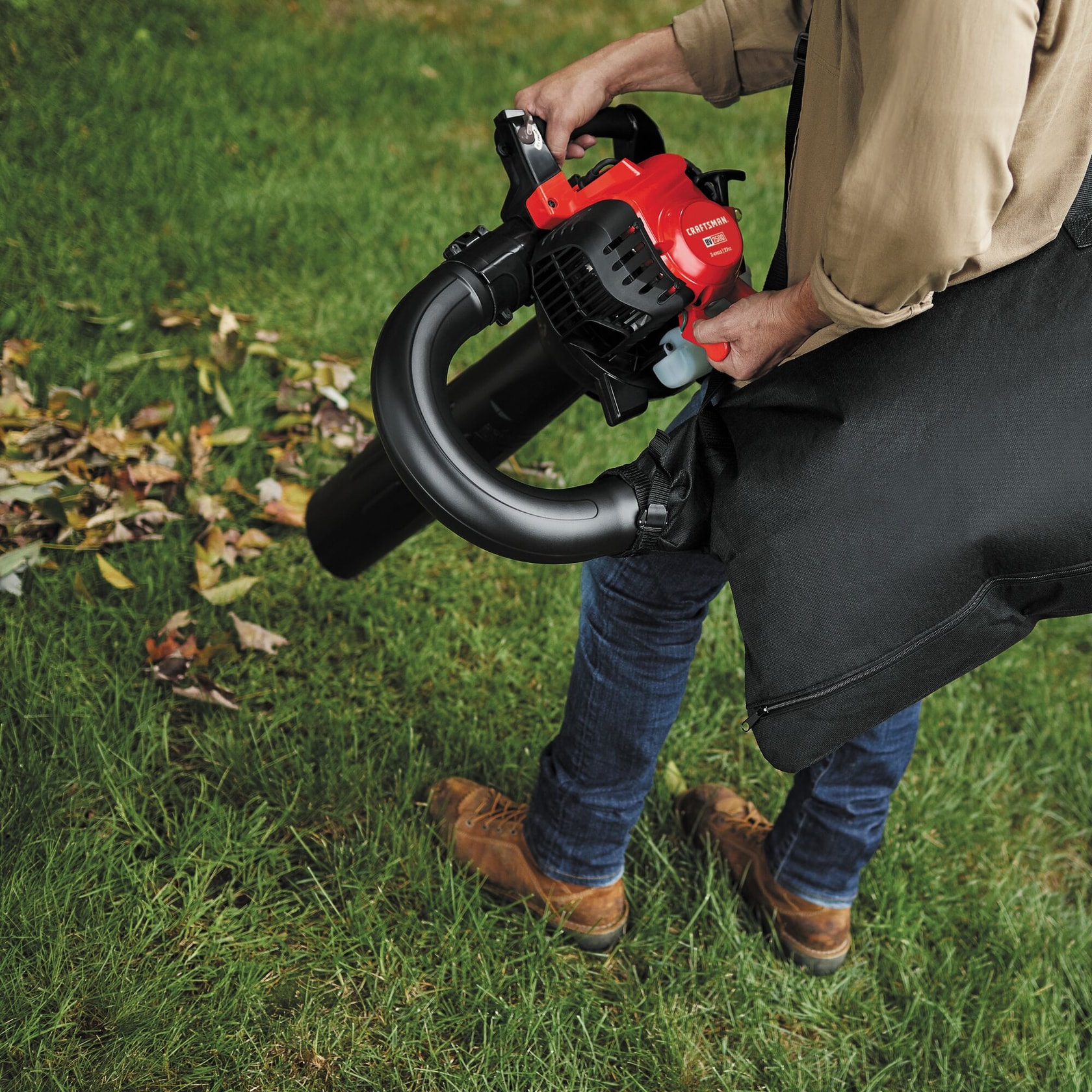
Noise Level: Electric models, especially battery-powered ones, tend to be quieter than gas-powered models. Some areas have noise regulations that might influence your choice.
When choosing a leaf blower, consider the size of the area you need to maintain, the type of debris you'll be clearing, noise restrictions in your area, and your budget. Each type of leaf blower has its advantages and disadvantages, so select the one that best fits your specific needs.
What AH Battery is recommended for a leaf blower?
The recommended amp-hour (Ah) rating for a battery in a leaf blower depends on several factors, including the leaf blower's power requirements, the size of the area you intend to clear, and how long you plan to use the blower in a single session. Battery capacity, measured in ampere-hours (Ah), indicates how much charge a battery can hold and, consequently, how long it can power a device before needing a recharge.
For Light Use: If you're using a leaf blower for light, quick tasks around a small yard or area, a battery with a capacity of 2Ah to 4Ah might be sufficient. These batteries are lighter and make the leaf blower easier to handle but offer a shorter runtime.
For Moderate Use: For moderate use over medium-sized areas, where you need a balance between weight and runtime, a battery in the range of 4Ah to 6Ah is often recommended. This provides a good compromise, offering extended runtime without excessively increasing the weight of the leaf blower.
For Heavy or Professional Use: For larger areas or for professional use where the leaf blower needs to run for longer periods, opting for a battery with a higher capacity of 6Ah or more is advisable. These batteries can significantly increase the runtime, allowing for extensive use, but they also make the device heavier and more expensive.
Can a leaf blower be used as a vacuum?
Some leaf blowers can be converted into vacuum cleaners, but this capability depends on the specific model and design of the leaf blower. These versatile tools are often referred to as "blower-vacs" or "leaf blower vacuums," and they are designed to offer both blowing and vacuuming functions in one device.
Maintenance & How-Tos

CRAFTSMAN® Riding Mower troubleshooting
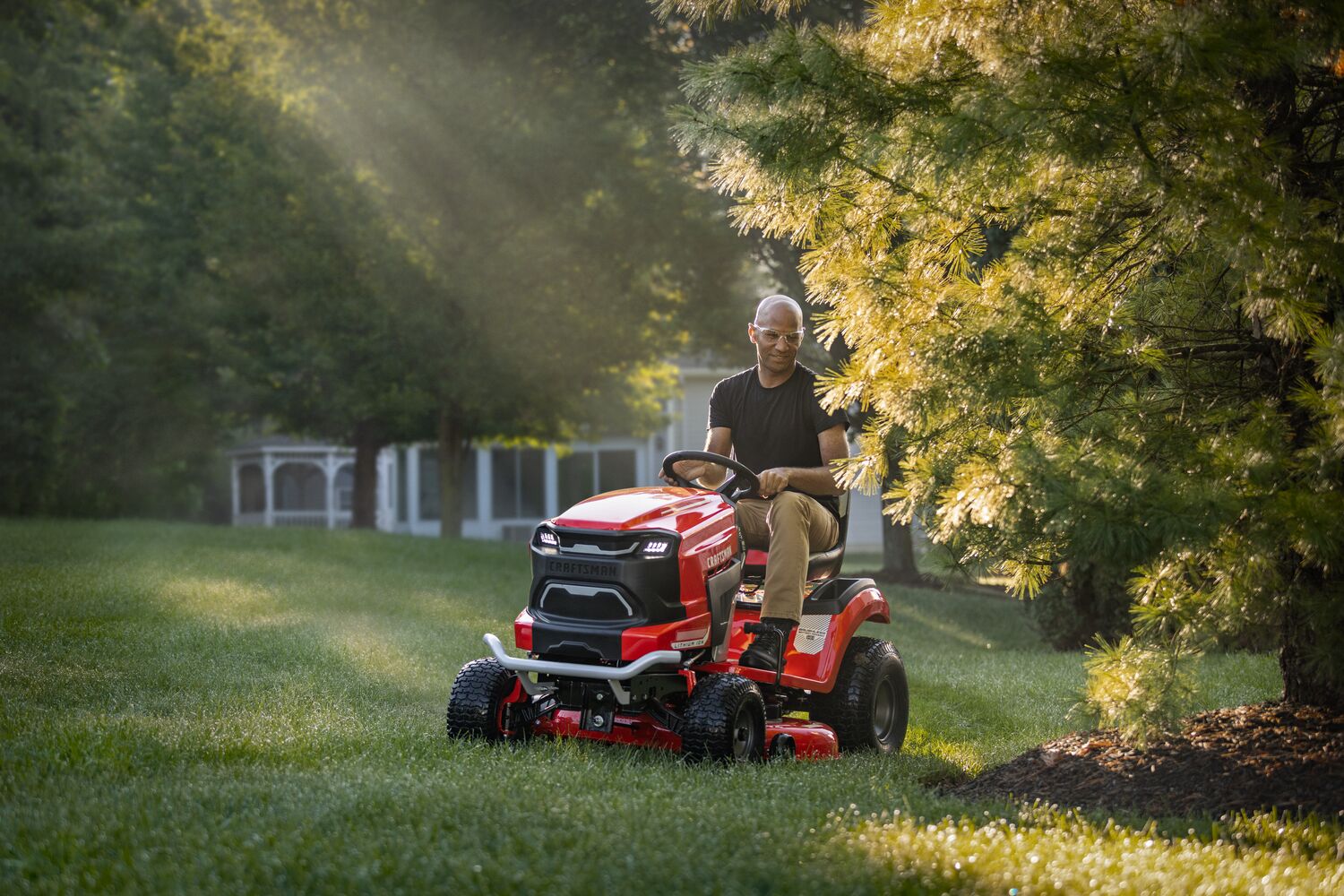
Locate the parts list label on your CRAFTSMAN® Outdoor Equipment

CRAFTSMAN® Zero-Turn Mower oil maintenance
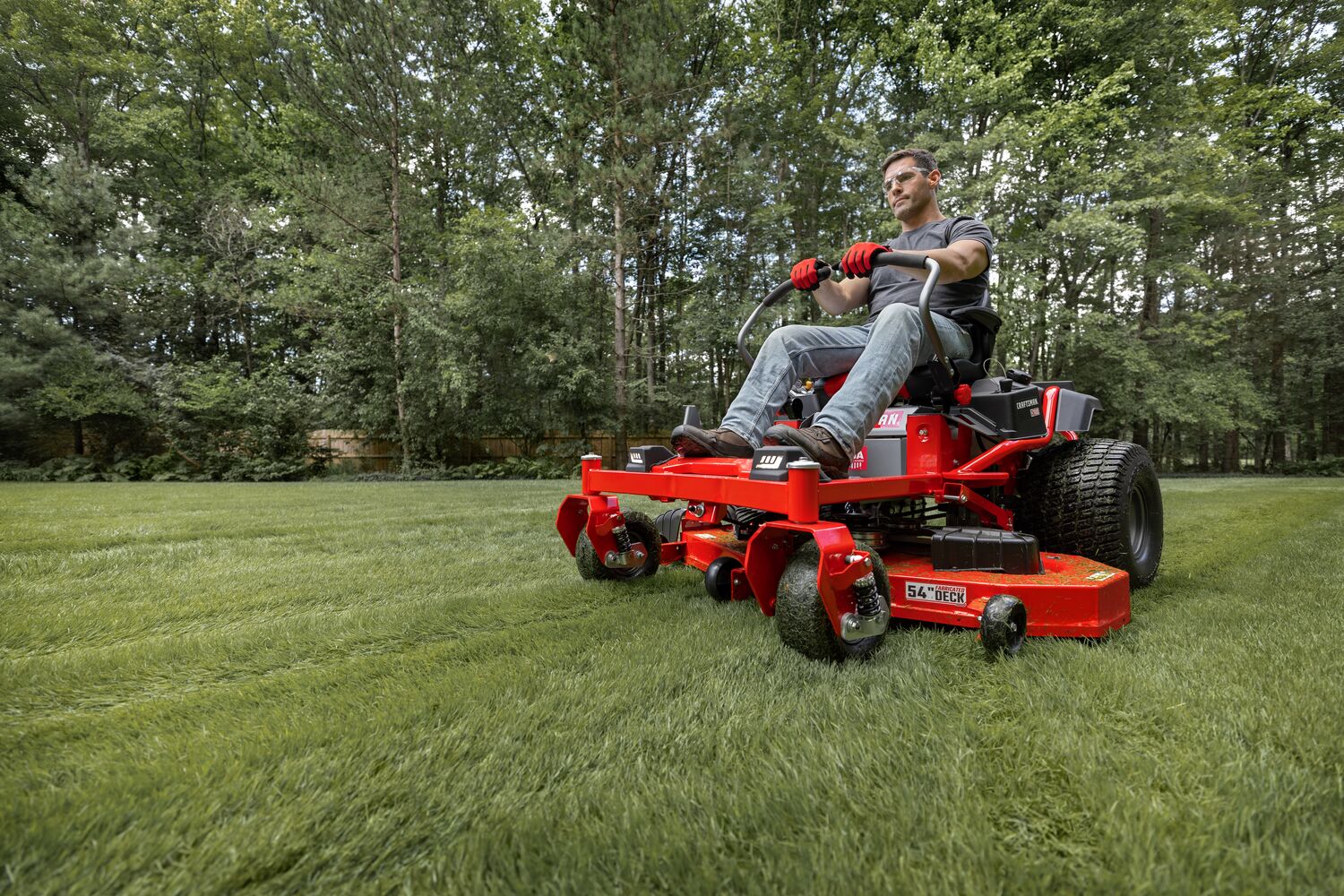
CRAFTSMAN® Zero-Turn Mower air filter maintenance
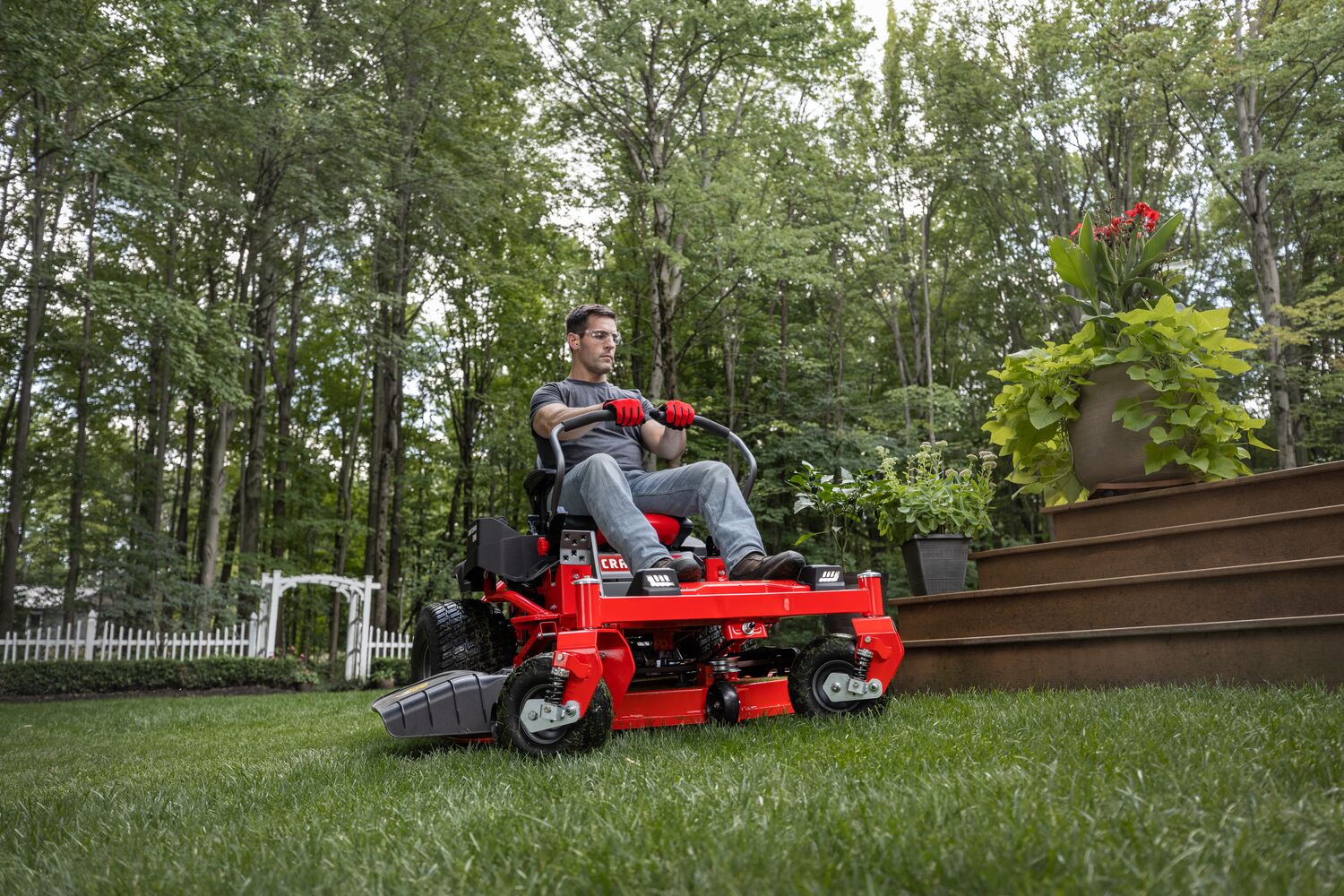
CRAFTSMAN® Zero-Turn Mower spark plug maintenance

CRAFTSMAN® Zero-Turn Mower belt replacement
Check out this video for quick and easy instructions to change CRAFTSMAN® Zero-Turn Mower belt's.
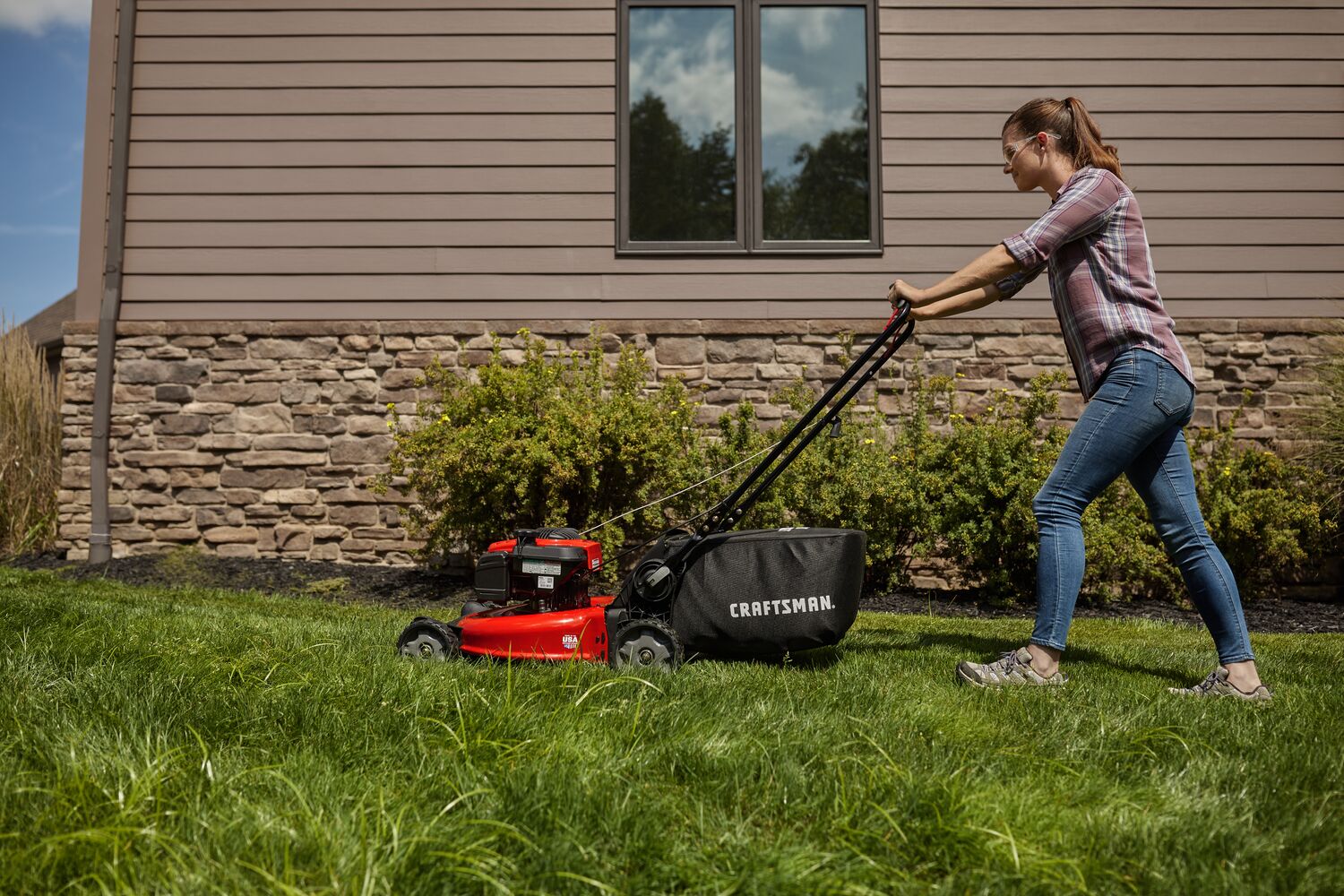
Choose the Right CRAFTSMAN® Gas Walk Behind Mower
Check out this video to learn how to choose the right CRAFTSMAN® Gas Walk Behind Mower.

CRAFTSMAN® Riding Mower drive belt replacement
Check out this video for quick and easy instructions on how to replace the drive belt included in the following CRAFTSMAN® models.

